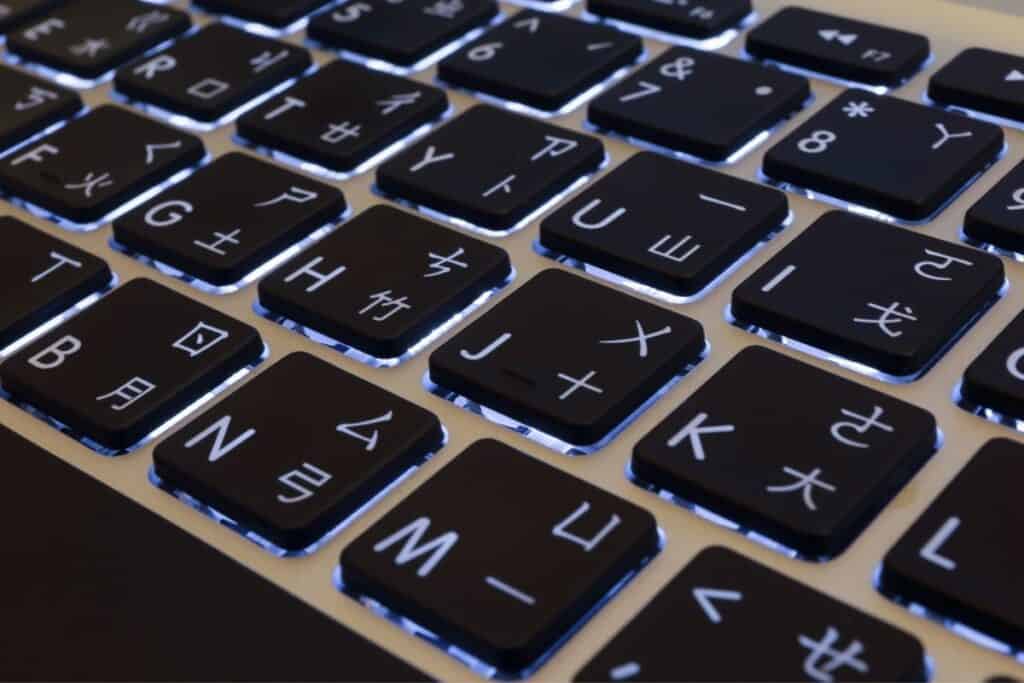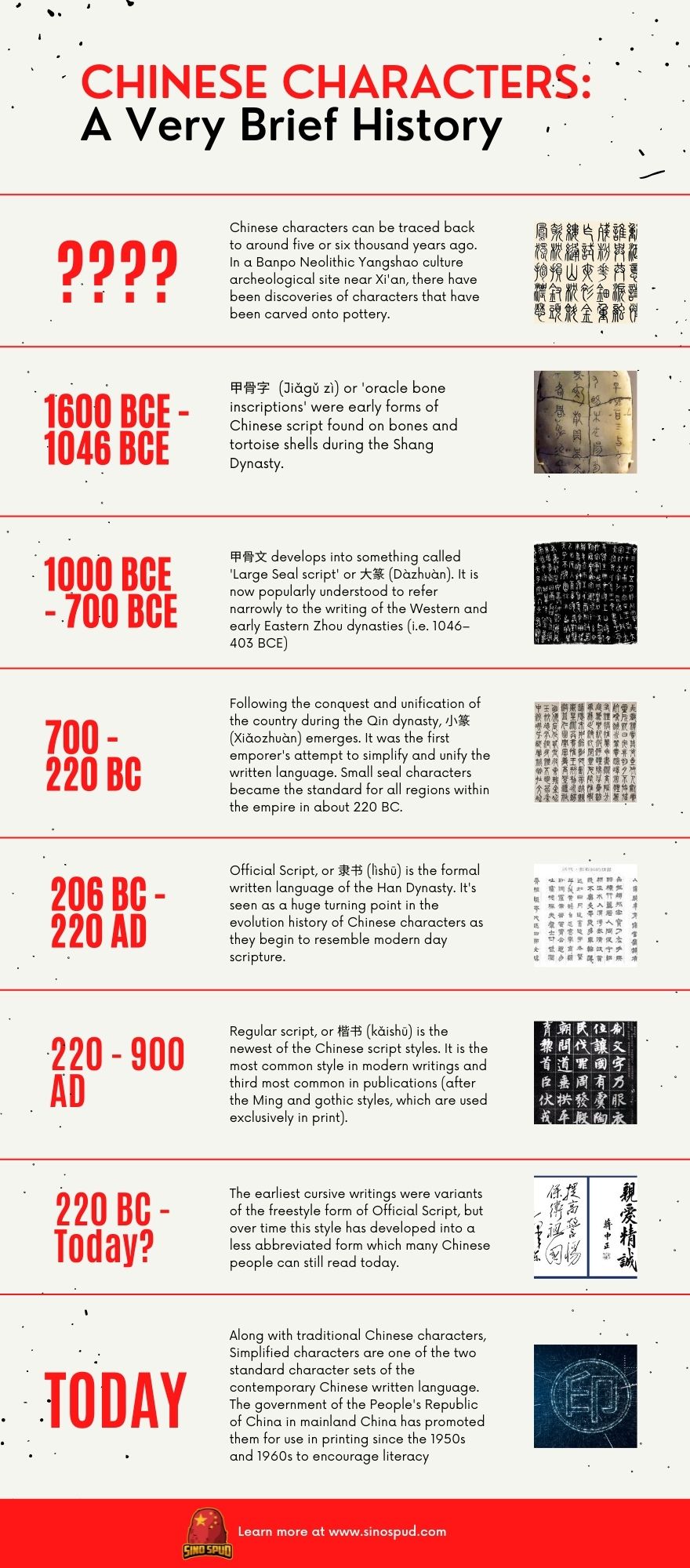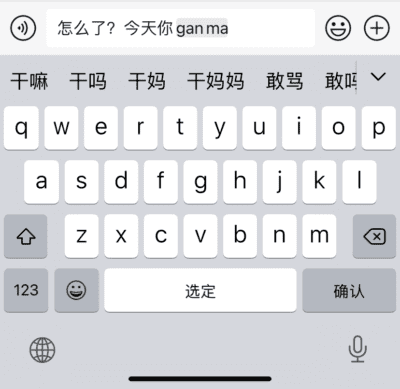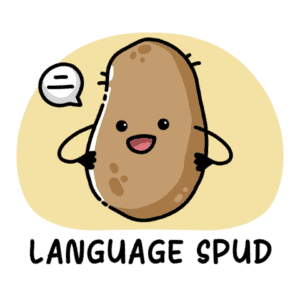
For many people learning Chinese, learning the characters is a pretty scary thing.
Learning another language with a romanised alphabet is a daunting enough task, but characters? If you’re like me, you’re probably thinking the same stuff as me back in the day.
- “I mean, what are characters, anyway? Are they just pictures?”
- “There must be some kind of alphabet, right? How do you find someone’s name on a list?”
- “Wouldn’t an alphabet be more efficient to learn?”
- “What is this ‘pinyin’ I keep hearing about?”
Worry not, as all questions will be answered in this post. The first thing we must clear up, however…
There is NO such thing as the Chinese alphabet.
Mandarin Chinese uses a character-based writing system. A romanised system known as pinyin is available for foreigners and young Chinese to learn the pronunciation of characters. The pinyin system is also used to write Chinese characters on electronic devices.
Why does Mandarin Chinese have no alphabet?
Mandarin Chinese uses what they call a ‘logographic script’ – written characters that represents a word or morpheme.
Mandarin Chinese doesn’t have an alphabet because it simply doesn’t need one, but it doesn’t mean the idea hasn’t been floated before.
Back in the day, the powers that be decided to stick with characters, largely for the following reasons:
- Mandarin consists of many similar sounding monosylabic words seperated by different tones. Using an alphabet to try and differentiate these words would make things more complicated than they already are!
- The invention of pinyin helped fix literacy issues. The late legend Zhou Youguang invented the pinyin system, which was adopted in China in 1958.
- The Chinese didn’t want to do away with their traditions. This is fair enough, although many argue that the simplified writing system has diluted the beauty of Chinese characters over the years. Hence, traditional characters being maintained in Taiwan, Hong Kong, and Macau.
- No government ever bothered making an alphabet. It takes political will to change an official language, and unlike neighbouring asian countries, the Chinese never wanted to.

But how do you know how to pronounce a picture?
Through something called the Pinyin System.
A full guide to pinyin can be found here, but it can be summarised as the Romanisation of Chinese characters based on their pronunciation.
In other words, the English ‘spelling out’ of Chinese characters. For example:
我学习中文
Wǒ xuéxí zhōngwén
I’m learning Chinese
Notice the marks above the pinyin there? They’re tone marks.
Mandarin Chinese is a tonal language, and the tone changes the meaning of a word. So, those are included in pinyin, too.
How do the Chinese do alphabetical order without an alphabet?
All Chinese characters are made up of different parts of what we call ‘components’.
The base component of each character in Chinese is what we call a ‘radical’. It’s usually the character’s outermost part.
Mandarin Chinese uses radicals as a system to order and categorise characters. This is how you look up characters in a dictionary or someone’s name in a list in Chinese.
The number of strokes in the radical comes first, followed by the number of strokes in the
whole characters.
If you’re confused by this (I don’t blame you), I have gone into much more detail in the following articles:
- What are Radicals and Components in Chinese Characters?
- How to Lookup Chinese Characters you Don’t Know
Chinese radicals and components can store data about the content and/or sound of characters.
In Chinese, there are only 214 radicals and components that are used to classify and categorizse characters.
So, if you’re ever terrified about the colossal task of learning thousands of characters, just remember that every one of them is made up of a few of only 214 components!
Pinyin: a closer look
We now know that the pinyin system uses the Latin alphabet to express the sounds and pronunciation of Chinese characters. It also adds a tone marker (we have to remember that there are four tones).
It’s also used while typing Chinese characters on a keyboard, such as laptops or phones.
In fact, I’ve written a guide here on how to do that too!

Today, many Chinese language students assume that Pinyin is solely used by non-native Chinese speakers to learn characters. However, young kids in China begin learning the system alongside Chinese characters in preschool.
Though Pinyin is no longer used in textbooks after primary school, it is nevertheless valuable for learning
new character phonetics and tones.
Using pinyin to learn Chinese
At the beginning of your Chinese studies, learning Pinyin is essential in building a strong foundation in Chinese and mastering new words.
Yoyo Chinese offers a very clear introduction to pinyin which you can check out below.
Where can I learn the basic Chinese characters and components?
- The Chinese Language Institute has a very useful article including the 100 most common Chinese characters.
- I’ve plugged Arch Chinese’s list of the 214 radicals and components a few times in this post, but here it is again. It’s very useful!
- Making use of SRS (Spaced repetition software) to read and recognise those all-important first few hundred components and characters is an excellent way to save time. I personally use Hack Chinese, but other popular options are the Anki and Pleco apps.
- If you prefer to write characters by hand, Skritter is a great app, and one of the few paid resources I genuinely recommend. It combines SRS with handwriting, and there’s nothing else like it on the market.
Further Reading
- 100+ MANDARIN LEARNING RESOURCES: THE FASTEST WAY TO FLUENCY
- LEARNING CHINESE: 15+ LISTENING TOOLS PERFECT FOR BEGINNERS
- THE ULTIMATE GUIDE TO LEARNING CHINESE IN CHINA
- THE 24 BEST MANDARIN STUDY RESOURCES FOR BEGINNERS
- 14 REASONS WHY YOU SHOULD LEARN MANDARIN CHINESE
- IS IT EASY TO LEARN MANDARIN CHINESE?
- THE 21 BEST APPS TO LEARN CHINESE
- STUDYING MANDARIN AT A UNIVERSITY IN CHINA: WHAT YOU NEED TO KNOW
